Departure by Journey
Buy Departure Journey continued their climb to rock superstardom with 1980’s Departure, the group’s highest charting studio album of the six with founding keyboardist and vocalist Gregg Rolie. This album contains a diverse […]
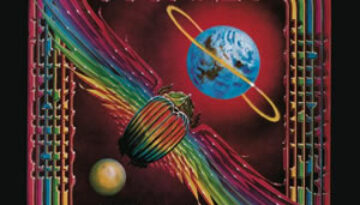
Buy Departure Journey continued their climb to rock superstardom with 1980’s Departure, the group’s highest charting studio album of the six with founding keyboardist and vocalist Gregg Rolie. This album contains a diverse […]
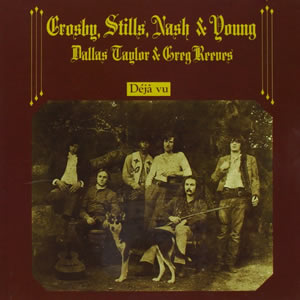
Buy Déjà Vu Déjà Vu is the sophomore effort by the super group with the expanded name of Crosby, Stills, Nash & Young, after the addition of Neil Young to the group. Each […]
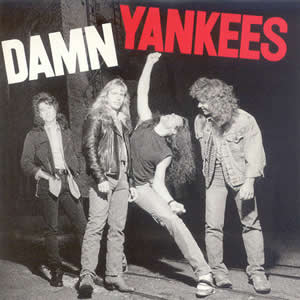
Buy Damn Yankees Before its swift exit from the mainstream rock scene in 1991, “hair metal” had its last hurrah during the year 1990. Perhaps the apex of this final phase was the […]
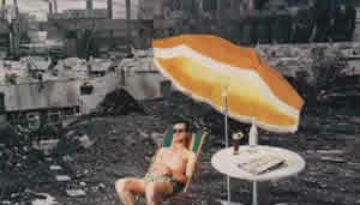
Buy Crisis? What Crisis? Crisis? What Crisis? is often overlooked in comparison to Supertramp‘s other albums from the mid to late seventies due to its relative lack of hit singles or classic rock […]
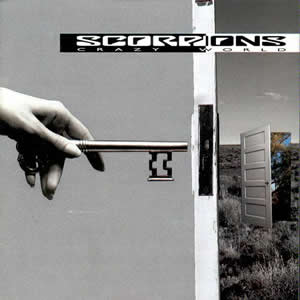
Buy Crazy World Driven by the popularity of a historically significant song, Crazy World was a commercial success in 1990 for Scorpions. The eleventh overall studio release by this rock band from Germany, […]
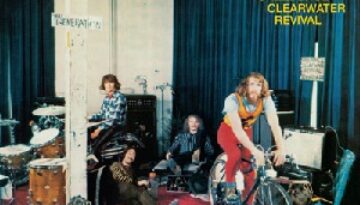
Buy Cosmo’s Factory If nothing else, Cosmo’s Factory is a unique and unconventional album in its structure and approach, as it starts out oddly and packs all its pop/rock firepower towards the back […]
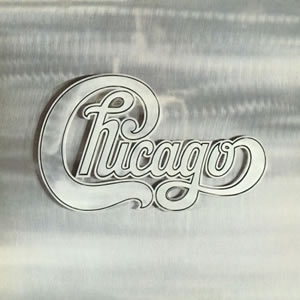
Buy Chicago II Officially titled Chicago, the second double-length album by the group with the same name saw their full immersion into mainstream success while still building on their fusion of rock, funk […]
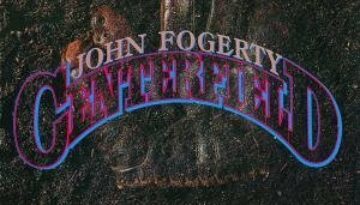
Buy Centerfield A true solo album in every sense of the word, Centerfield, features John Fogerty writing every song as well as playing every instrument on those songs. Simple in composition while rich […]
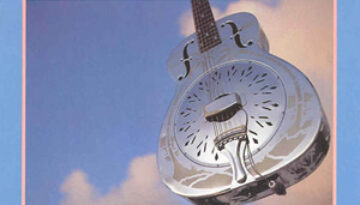
Buy Brothers In Arms Dire Straits reached their commercial peak and achieved worldwide fame with their fifth studio album, Brothers In Arms. All the songs on this album were composed by lead vocalist […]
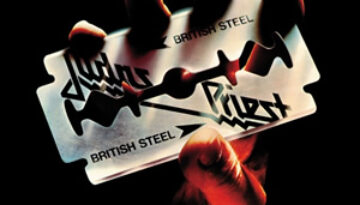
Buy British Steel British Steel was the album where Judas Priest finally found a mainstream American audience and launched the heavy metal band into stadium headliners. The album reached the Top 40 in […]